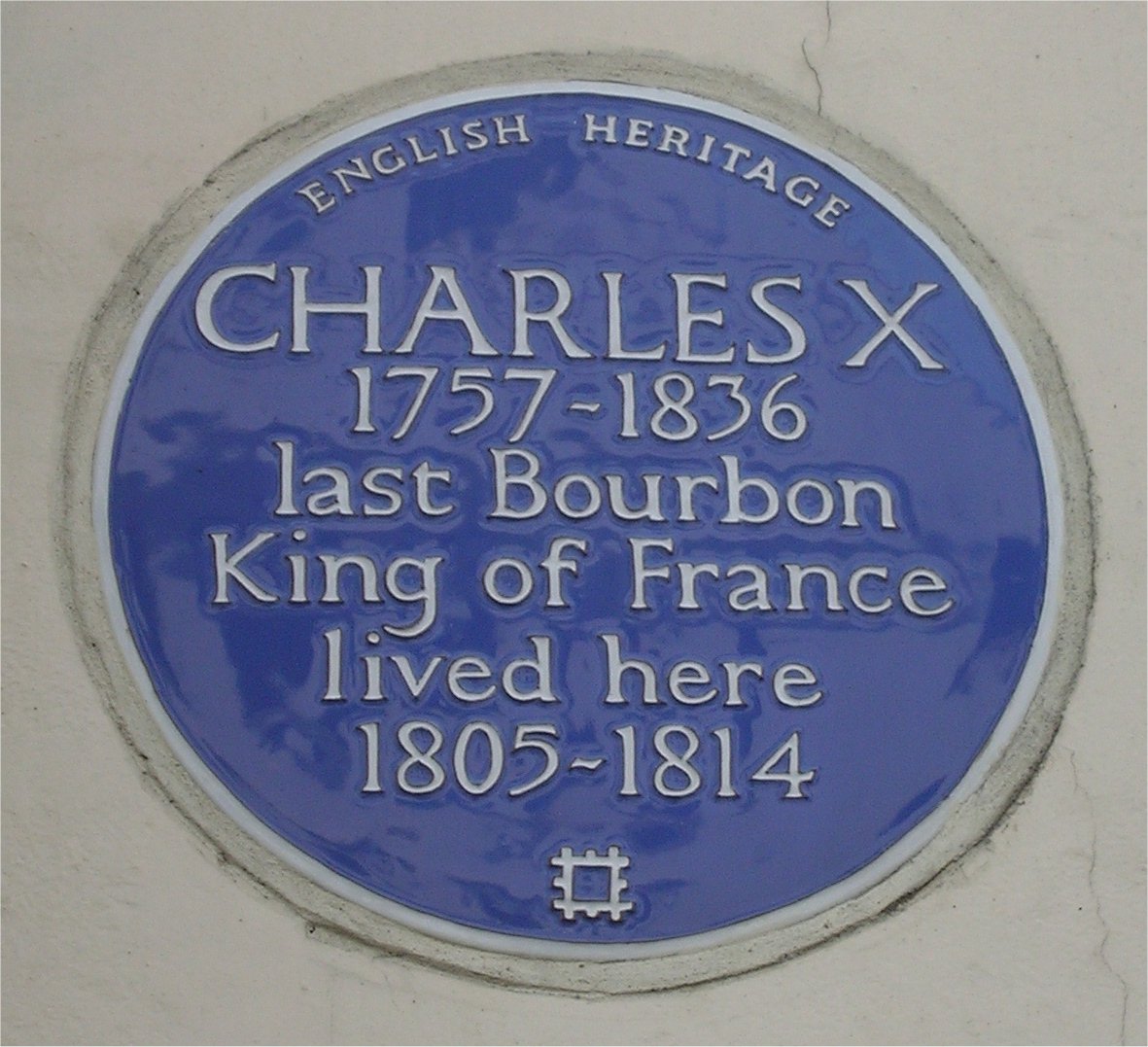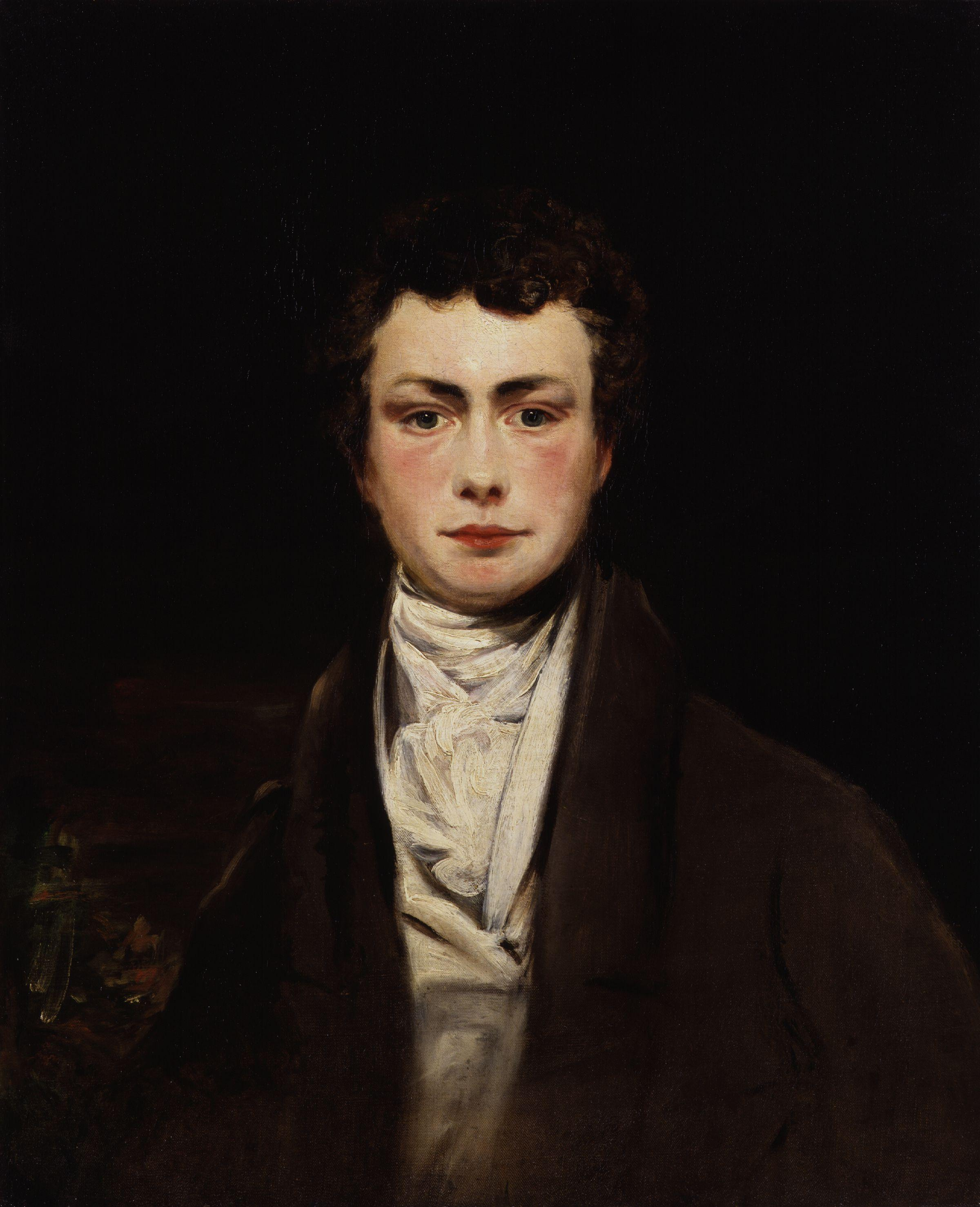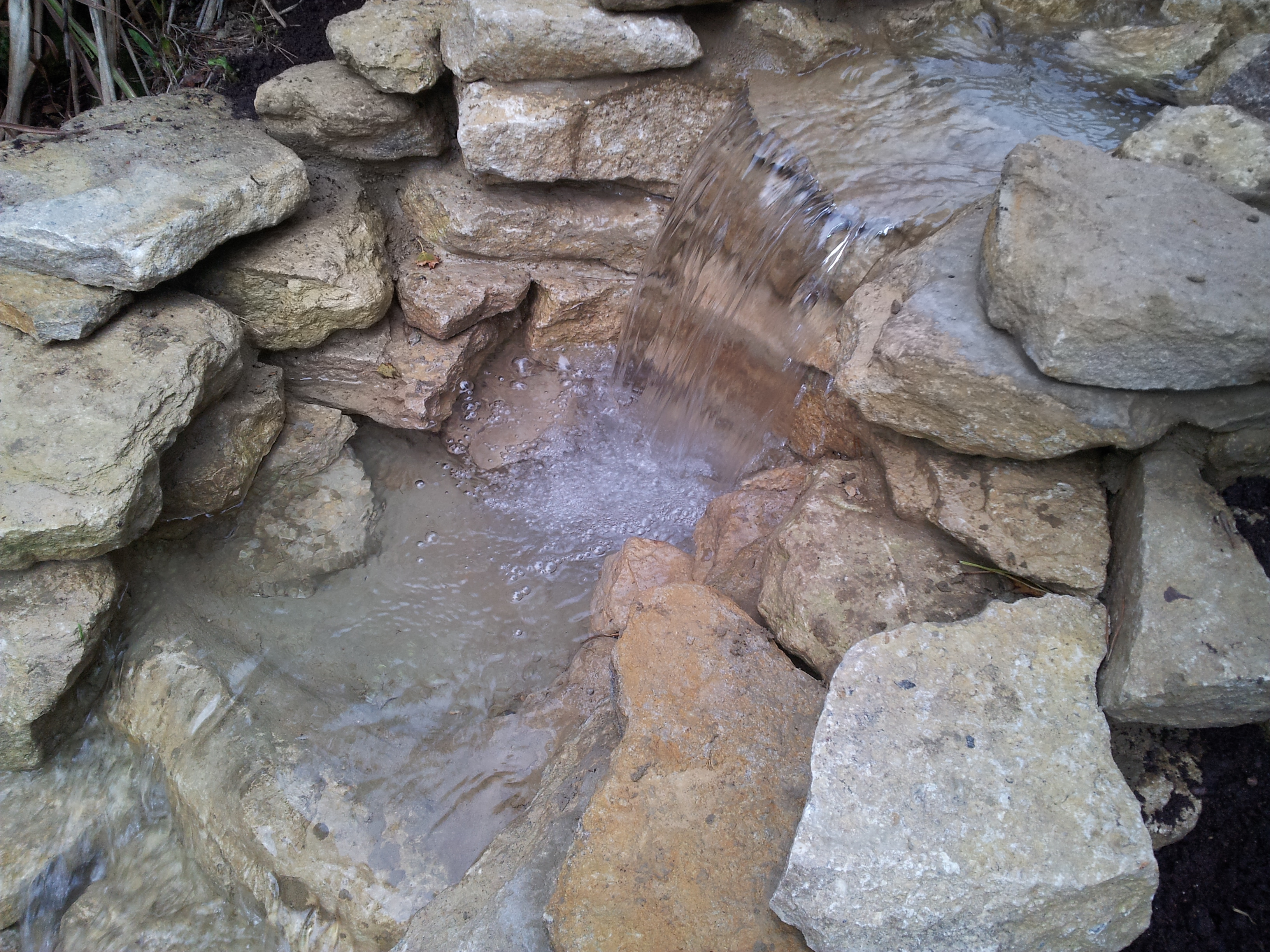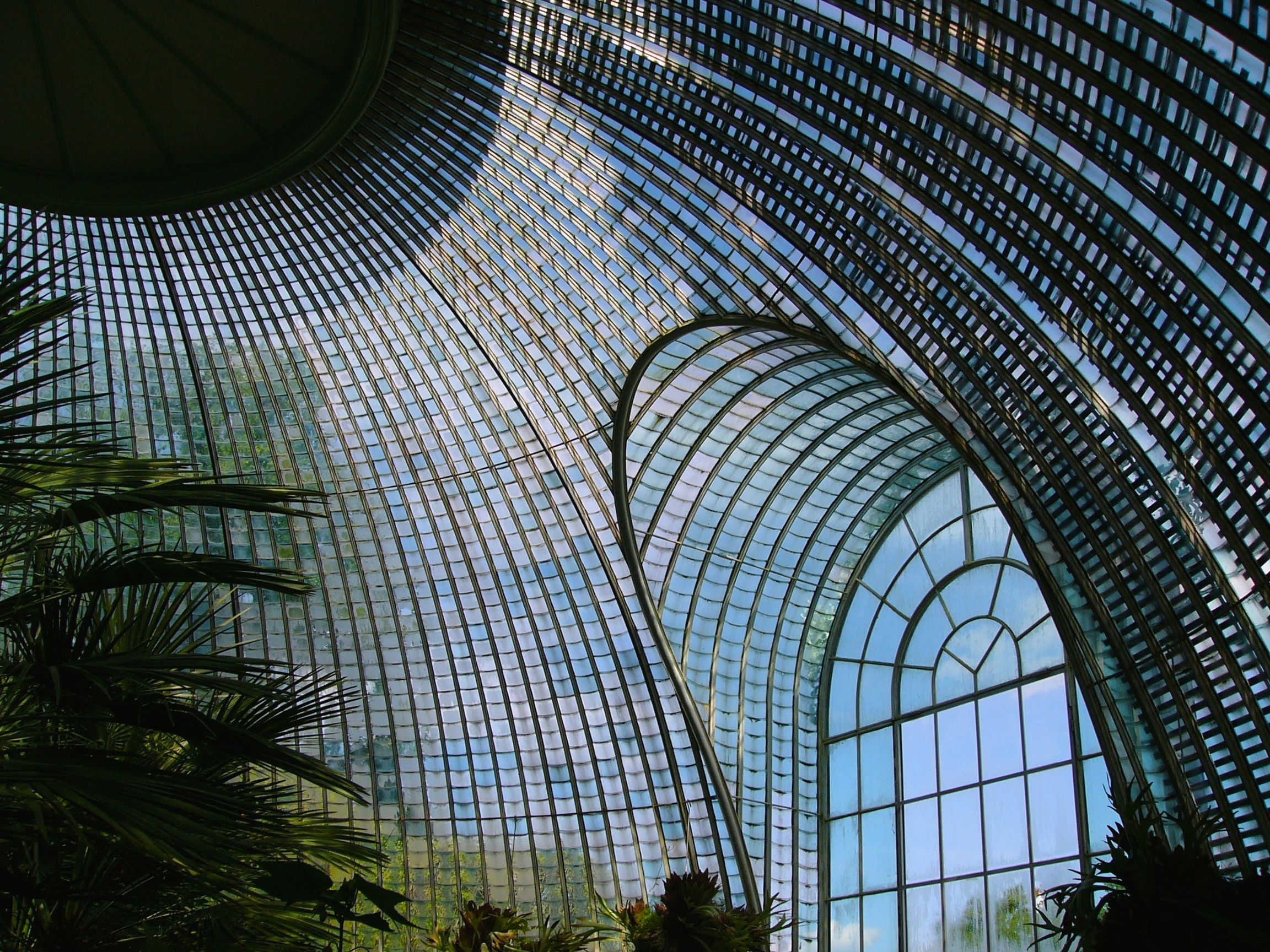|
Carlton House Fête
The Carlton House Fête was hosted on 19 June 1811 by the Prince Regent, the future George IV, at his London residence Carlton House. Ostensibly held to honour the exiled Louis XVIII and French royal family, it functioned as a celebration of the establishment of George as Regent on behalf of his father George III. The lavish event set the tone amongst High Society during the Regency era. Background In late 1810, George III suffered a recurrence of the mania that had affected him earlier in his reign. When it was clear that no immediate recovery was likely his eldest son and heir was made Regent in February 1811. Carlton House, George's residence as Prince of Wales had been rebuilt at great expense during his ownership. The architect John Nash would continue to make costly improvements during the Regency. Event Two thousand guests were invited to Carlton House for the event which began on the summer evening and were admitted after showing their tickets.Smith p.133 George made ... [...More Info...] [...Related Items...] OR: [Wikipedia] [Google] [Baidu] |
Carlton House, North Front, From Pyne's Royal Residences, 1819 - Panteek Pyn25-321 - Cropped
Carlton may refer to: People and fictional characters * Carlton (name), a list of people and fictional characters with the given name or surname * Carlton, a pen name used by Joseph Caldwell (1773–1835), American educator, Presbyterian minister, mathematician and astronomer Places Australia * Carlton, New South Wales, a suburb of Sydney * Carlton, Tasmania, a locality in Tasmania * Carlton, Victoria, a suburb of Melbourne Canada * Carlton, Edmonton, Alberta, a neighbourhood * Carlton, Saskatchewan, a hamlet * Fort Carlton, a Hudson's Bay Company fur trading post built in 1810, near present-day Carlton, Saskatchewan * Carlton Trail, a historic trail near Fort Carlton * Carlton Street, Toronto, Ontario England * Carlton, Bedfordshire, a village * Carlton, Cambridgeshire, a village * Carlton, County Durham, a village and civil parish * Carlton, Leicestershire, a village * Carlton Scroop, Lincolnshire * Carlton, Nottinghamshire, a suburb to the east of Nottingham ... [...More Info...] [...Related Items...] OR: [Wikipedia] [Google] [Baidu] |
Field Marshal
Field marshal (or field-marshal, abbreviated as FM) is the most senior military rank, senior to the general officer ranks. Usually, it is the highest rank in an army (in countries without the rank of Generalissimo), and as such, few persons are ever appointed to it. It is considered as a five-star rank (OF-10) in modern-day armed forces in many countries. Promotion to the rank of field marshal in many countries historically required extraordinary military achievement by a general (a wartime victory). However, the rank has also been used as a Division (military), divisional command rank and as a brigade command rank. Examples of the different uses of the rank include Afghanistan, Austria-Hungary, India, Pakistan, Prussia/Germany and Sri Lanka for an extraordinary achievement; Spain and Mexico for a divisional command (); and France, Portugal and Brazil for a brigade command (, ). Origins The origin of the term dates to the early Middle Ages, originally meaning the keeper of t ... [...More Info...] [...Related Items...] OR: [Wikipedia] [Google] [Baidu] |
Whigs (British Political Party)
The Whigs were a political party in the Parliaments of England, Scotland, Ireland, Great Britain and the United Kingdom. Between the 1680s and the 1850s, the Whigs contested power with their rivals, the Tories. The Whigs became the Liberal Party when the faction merged with the Peelites and Radicals in the 1850s. Many Whigs left the Liberal Party in 1886 over the issue of Irish Home Rule to form the Liberal Unionist Party, which merged into the Conservative Party in 1912. The Whigs began as a political faction that opposed absolute monarchy and Catholic emancipation, supporting constitutional monarchism and parliamentary government, but also Protestant supremacy. They played a central role in the Glorious Revolution of 1688 and were the standing enemies of the Roman Catholic Stuart kings and pretenders. The period known as the Whig Supremacy (1714–1760) was enabled by the Hanoverian succession of George I in 1714 and the failure of the Jacobite rising of 1715 ... [...More Info...] [...Related Items...] OR: [Wikipedia] [Google] [Baidu] |
Charles Ferdinand, Duke Of Berry
Charles Ferdinand d'Artois, Duke of Berry (24 January 1778 – 14 February 1820), was the third child and younger son of Charles, Count of Artois (later King Charles X of France), and Maria Theresa of Savoy. In 1820 he was assassinated at the Paris Opera by Louis Pierre Louvel, a Bonapartist. In June 1832, two years after the overthrow of Charles X, an unsuccessful royalist insurrection in the Vendée was led by Charles Ferdinand's widow, Marie-Caroline, in an attempt to restore their son Henri, Comte de Chambord, to the French throne. Biography Charles Ferdinand d'Artois, Duke of Berry, was born at Versailles. As a son of a ''fils de France'' not being heir apparent, he was himself only a '' petit-fils de France'', and thus bore his father's appanage title as surname in emigration. However, during the Restoration, as his father was heir presumptive to the crown, he was allowed the higher rank of a ''fils de France'' (used in his marriage contract, his death certificate, e ... [...More Info...] [...Related Items...] OR: [Wikipedia] [Google] [Baidu] |
Charles X Of France
Charles X (Charles Philippe; 9 October 1757 – 6 November 1836) was King of France from 16 September 1824 until 2 August 1830. An uncle of the uncrowned Louis XVII and younger brother of reigning kings Louis XVI and Louis XVIII, he supported the latter in exile. After the Bourbon Restoration in France, Bourbon Restoration in 1814, Charles (as heir-presumptive) became the leader of the ultra-royalists, a radical monarchist faction within the French court that affirmed absolute monarchy by Divine Right of Kings, divine right and opposed the constitutional monarchy concessions towards Classical liberalism, liberals and the guarantees of civil liberties granted by the Charter of 1814. Charles gained influence within the French court after the assassination of his son Charles Ferdinand, Duke of Berry, in 1820 and succeeded his brother Louis XVIII in 1824. Charles's reign of almost six years proved to be deeply unpopular amongst the liberals in France from the moment of Coronation of ... [...More Info...] [...Related Items...] OR: [Wikipedia] [Google] [Baidu] |
Thomas Moore
Thomas Moore (28 May 1779 – 25 February 1852), was an Irish writer, poet, and lyricist who was widely regarded as Ireland's "National poet, national bard" during the late Georgian era. The acclaim rested primarily on the popularity of his ''Irish Melodies'' (with the first of ten volumes appearing in 1808). In these, Moore set to old Irish tunes verses that spoke to a nationalist narrative of Irish dispossession and loss. With his romantic work ''Lalla Rookh'' (1817), in which these same themes are explored in an elaborate Orientalism, orientalist allegory, Moore achieved wider critical recognition. Translated into several languages, and adapted and arranged for musical performance by, among others, Robert Schumann, the Chivalric romance, chivalric verse-narrative established Moore as one of the leading exemplars of European romanticism. In England, Moore moved in aristocratic Whigs (British political party), Whig circles where, in addition to a Salon (gathering), salon perfor ... [...More Info...] [...Related Items...] OR: [Wikipedia] [Google] [Baidu] |
Fish
A fish (: fish or fishes) is an aquatic animal, aquatic, Anamniotes, anamniotic, gill-bearing vertebrate animal with swimming fish fin, fins and craniate, a hard skull, but lacking limb (anatomy), limbs with digit (anatomy), digits. Fish can be grouped into the more basal (phylogenetics), basal jawless fish and the more common jawed fish, the latter including all extant taxon, living cartilaginous fish, cartilaginous and bony fish, as well as the extinct placoderms and acanthodians. In a break to the long tradition of grouping all fish into a single Class (biology), class (Pisces), modern phylogenetics views fish as a paraphyletic group. Most fish are ectotherm, cold-blooded, their body temperature varying with the surrounding water, though some large nekton, active swimmers like white shark and tuna can hold a higher core temperature. Many fish can communication in aquatic animals#Acoustic, communicate acoustically with each other, such as during courtship displays. The stud ... [...More Info...] [...Related Items...] OR: [Wikipedia] [Google] [Baidu] |
Stream
A stream is a continuous body of water, body of surface water Current (stream), flowing within the stream bed, bed and bank (geography), banks of a channel (geography), channel. Depending on its location or certain characteristics, a stream may be referred to by a variety of local or regional names. Long, large streams are usually called rivers, while smaller, less voluminous and more intermittent river, intermittent streams are known, amongst others, as brook, creek, rivulet, rill, run, tributary, feeder, freshet, narrow river, and streamlet. The flow of a stream is controlled by three inputs – surface runoff (from precipitation or meltwater), daylighting (streams), daylighted subterranean river, subterranean water, and surfaced groundwater (Spring (hydrology), spring water). The surface and subterranean water are highly variable between periods of rainfall. Groundwater, on the other hand, has a relatively constant input and is controlled more by long-term patterns of pr ... [...More Info...] [...Related Items...] OR: [Wikipedia] [Google] [Baidu] |
Water Feature
In landscape architecture and garden design, a water feature is one or more items from a range of fountains, jeux d'eau, pools, ponds, rills, artificial waterfalls, and streams. Before the 18th century they were usually powered by gravity, though the famous Hanging Gardens of Babylon are described by Strabo as supplied by an Archimedean screw and other examples were supplied with water using hydraulic rams. Ancient water features were powered using gravitational forces, human power or animals to pump in the water. Since the 18th century, the majority of water features have been powered by pumps. In the past, the power source was sometimes a steam engine, but in modern features it is almost always powered by electricity. There is an increasing range of innovative designs as the market becomes more established and people become more aware of alternate installation methods, such as solar power. The advantages of using solar power include environmental benefits, no elec ... [...More Info...] [...Related Items...] OR: [Wikipedia] [Google] [Baidu] |
Conservatory (greenhouse)
A conservatory is a building or room having glass or other transparent roofing and walls, used as a greenhouse or a sunroom. Usually it refers to a space attached to a conventional building such as a house, especially in the United Kingdom. Elsewhere, especially in America, it can often refer to a large freestanding glass-walled building in a botanic garden or park, sometimes also called a palm house if tall enough for trees. Municipal conservatories became popular in the early 19th century. Description Many cities, especially those in cold climates and with large European populations, have built municipal conservatories to display tropical plants and hold flower displays. This type of conservatory was popular in the early nineteenth century, and by the end of the century people were also giving them a social use (e.g., tea parties). Conservatory architecture varies from typical Victorian glasshouses to modern styles, such as geodesic domes. Many were large and impressive ... [...More Info...] [...Related Items...] OR: [Wikipedia] [Google] [Baidu] |
Gothic Architecture
Gothic architecture is an architectural style that was prevalent in Europe from the late 12th to the 16th century, during the High Middle Ages, High and Late Middle Ages, surviving into the 17th and 18th centuries in some areas. It evolved from Romanesque architecture and was succeeded by Renaissance architecture. It originated in the Île-de-France and Picardy regions of northern France. The style at the time was sometimes known as ''opus Francigenum'' (); the term ''Gothic'' was first applied contemptuously during the later Renaissance, by those ambitious to revive the Classical architecture, architecture of classical antiquity. The defining design element of Gothic architecture is the Pointed arch (architecture), pointed arch. The use of the pointed arch in turn led to the development of the pointed rib vault and flying buttresses, combined with elaborate tracery and stained glass windows. At the Abbey of Basilica of Saint-Denis, Saint-Denis, near Paris, the choir was rec ... [...More Info...] [...Related Items...] OR: [Wikipedia] [Google] [Baidu] |










